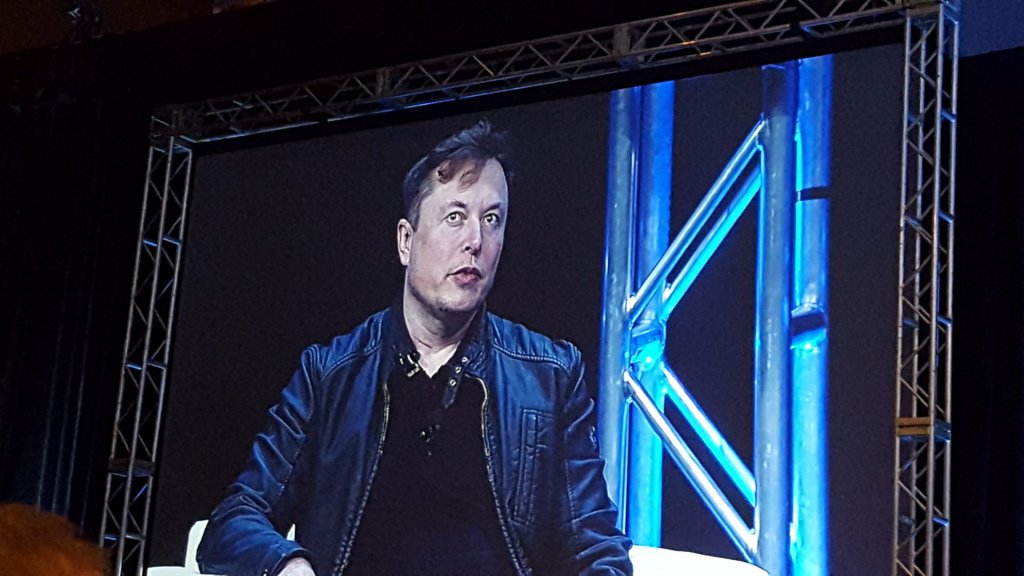The much proclaimed Monday keynote at SATELLITE 2020, featured SpaceX founder Elon Musk. He spoke about the future of his projects at SpaceX, namely the Starlink constellation, and the in-development Starship, super-heavy, manned, launch vehicle.

When speaking about Starlink, Mr Musk, wanted to clarify that he didn’t believe it to be a threat to established satellite operators and telecommunications companies. His stated aim for Starlink was to connect the four per cent of customers at the edge of connectivity, mainly living in rural communities. This was clarified further with talk about Starlink’s unsuitability for high-density urban environments. In fact, Mr Musk, stated the Starlink would be a benefit to telco’s. If he connects the rural and hard-to-reach customers with his 20 ms latency product, they wont have to spend money laying fibre to reach them.
The talk also covered a more unknown aspect of the constellation, the ground segment. Mr Musk, stated that its planned antennas would have actuators, to enable fine-tuning to better accommodate the signal. These antennas are also planned to be very simple to set-up by the customers. This has been a potential down-side to the Starlink product however, Elon Musk stated that antenna installation would not require any trained personnel and would be a “two-step” process. These “two-steps” will reportedly be “Plug-in” and “Point at sky” – if all goes as planned these instructions will be able to be done in any order.

Mr Musk speaking at the Monday Keynote at SATELLITE 2020. By Seradata
Talk of Starlink moved to the rumours of a possible IPO that have been floating around recently. Mr Musk, squashed this talk with reference to the previous LEO constellations – Iridium, Orbcomm and Globalstar – who all experienced bankruptcies in their first incarnations. His aim currently is to make Starlink work. This will hopefully result in the “LEO constellation that hasn’t gone bankrupt” column finally having a population above “Zero”. The possibility of an IPO in the future was not explicitly ruled out, but it seems that it is not an immediate goal for SpaceX which wants to work it for revenue.
Starship, the planned super-heavy, launcher under development at Boca Chica, Texas, by SpaceX also featured in the talk. Musk, made mention of the need to increase the speed of innovation if his goal of getting to Mars is to be completed during his life-time. When going into more detail about Starship he said that it will be capable of launching three times a day. This is down to a planned re-fuel and assessment time of just one hour. The slowing factor affecting launches per day is the requirement for the first-stage to complete three to four orbits before it comes back over the Boca Chica launch site for a propulsive landing.





